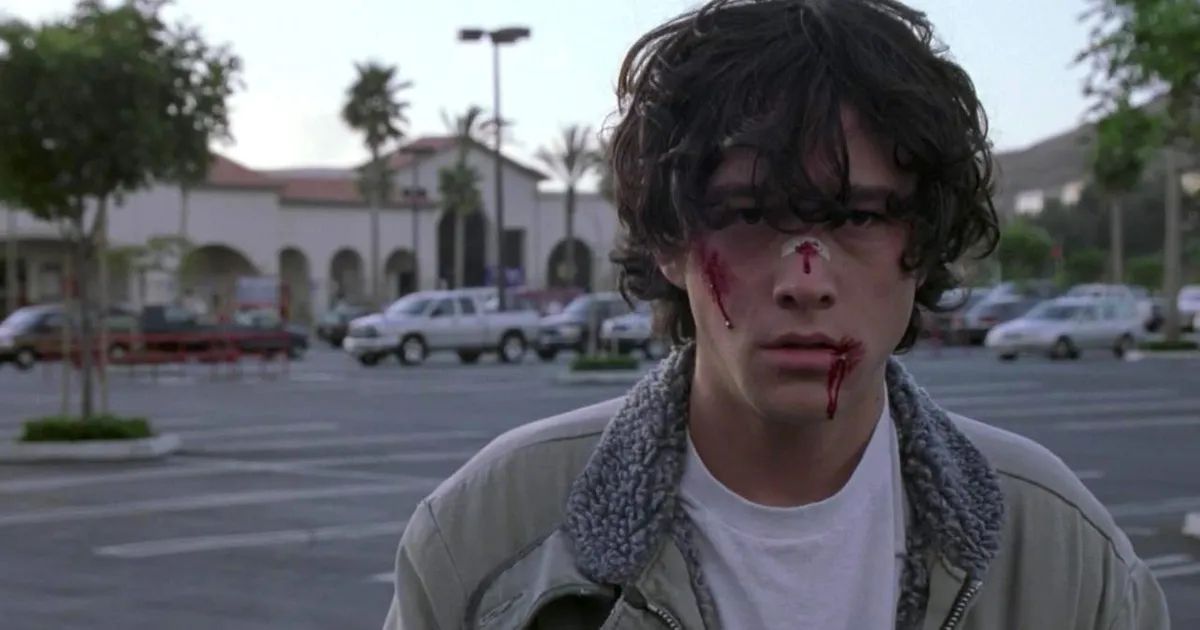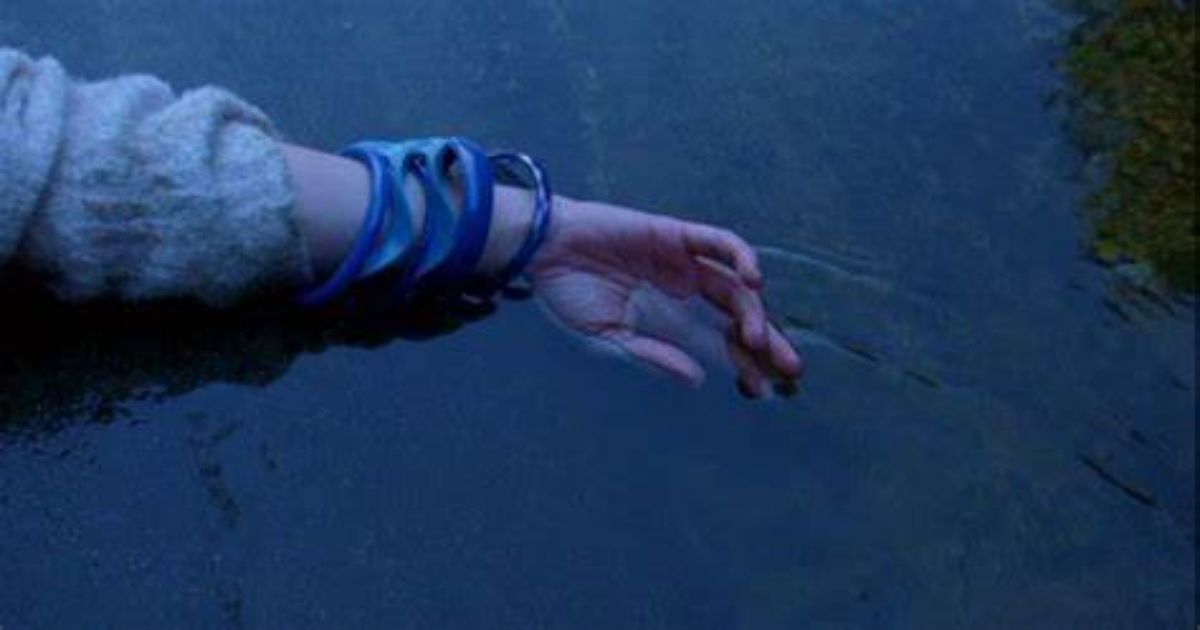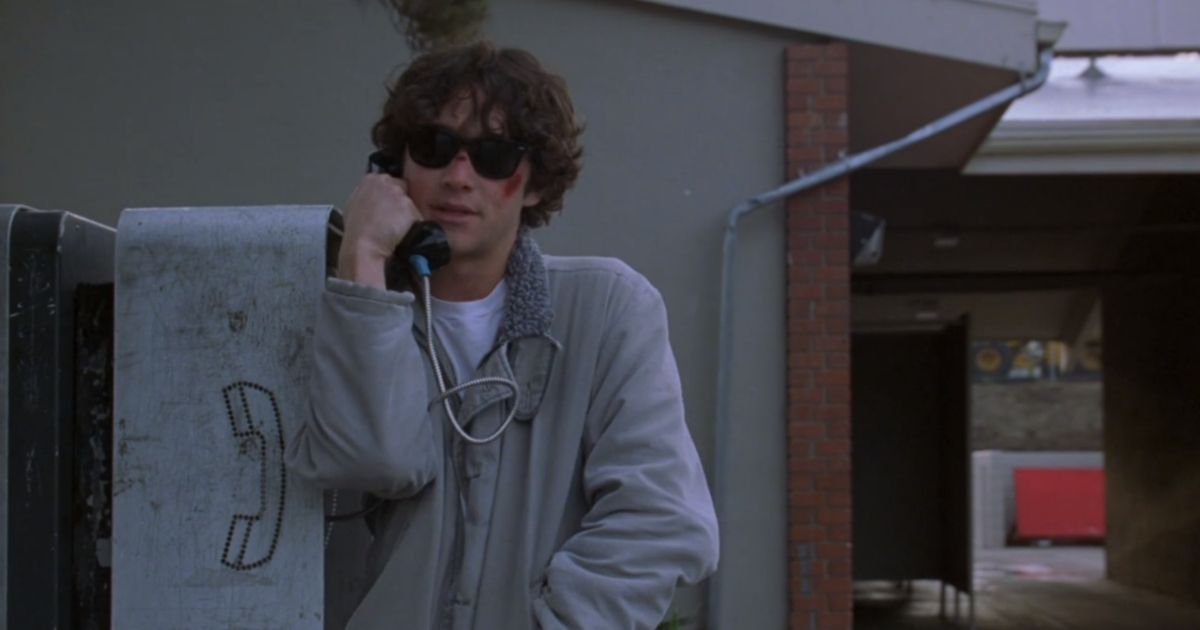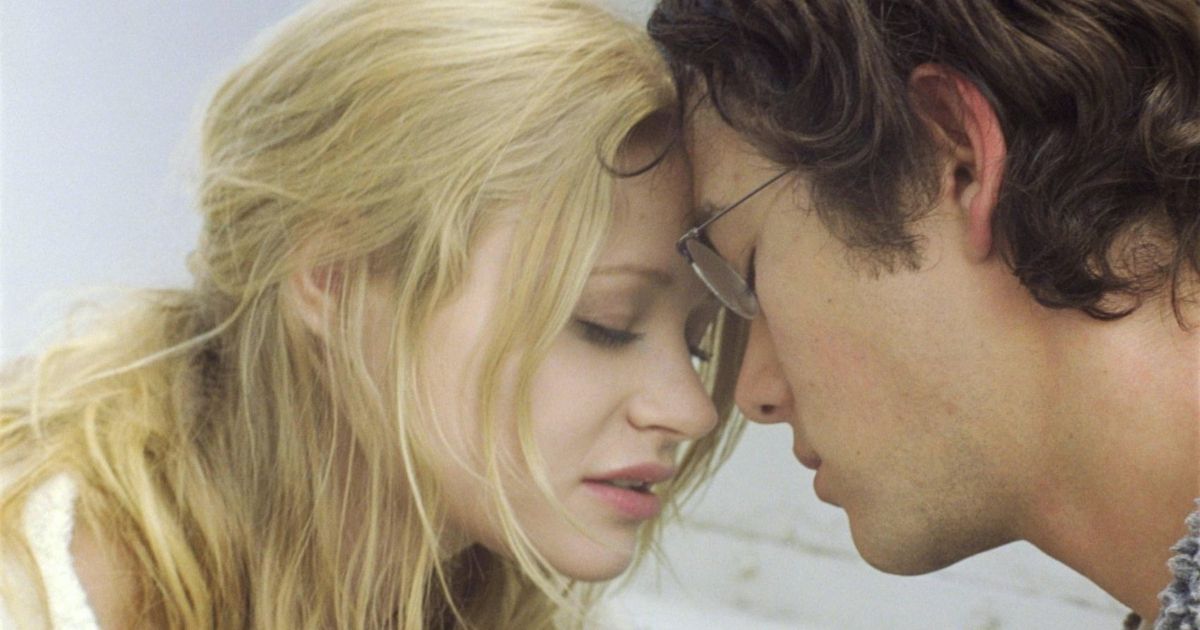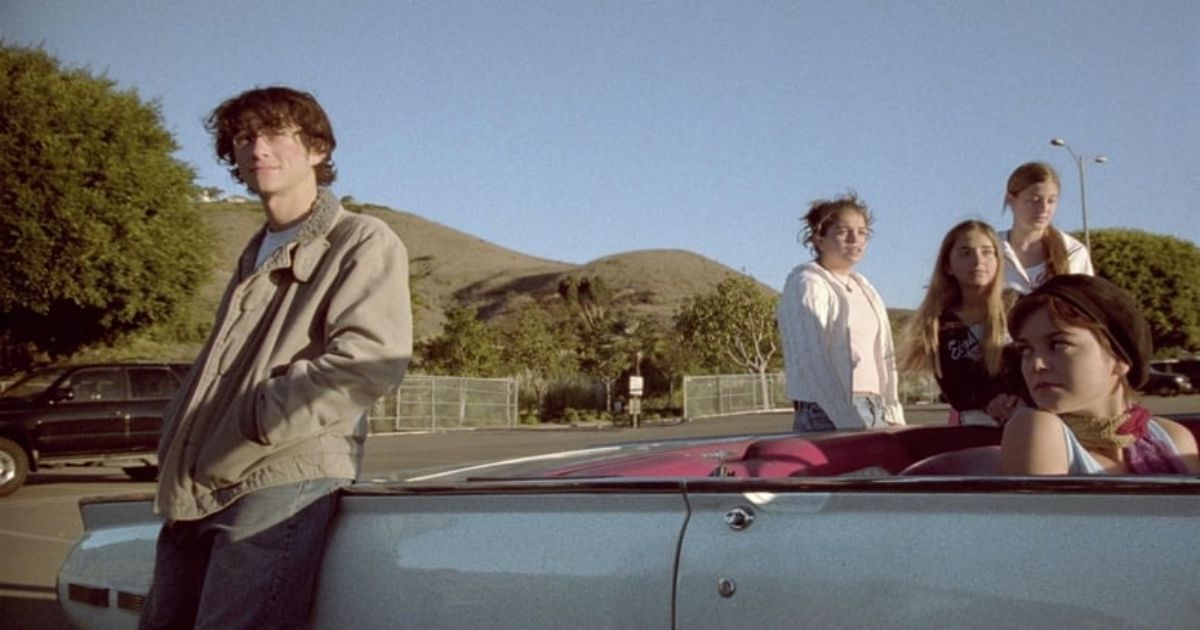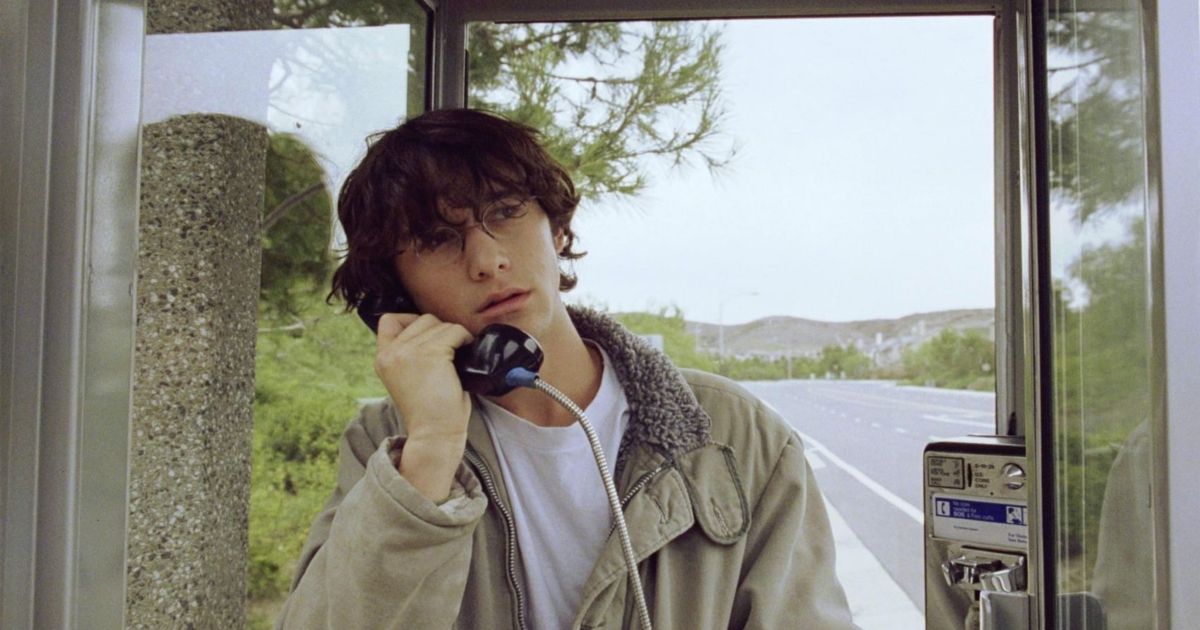Brick is a modern neo-noir film that involves high school students. It is a unique movie in that it uses most of the common film noir tropes, yet its characters are high school students, as opposed to washed-up private detectives or obsessed cops. Joseph Gordon-Levitt stars as Brendan, the lead character, and he talks just like someone out of a film noir book, sounding like Humphrey Bogart from In a Lonely Place or Robert Mitchum in Out of the Past.
Brendan doesn’t have many friends, like a classic loner noir hero. He is investigating the disappearance of his ex-girlfriend Emily, which soon turns into an investigation of her death. Brendan becomes a detective and needs to get in with the elites at his school to ferret out more information, and one way he accomplishes this is by beating up a big rough, tough football player, humiliating him in front of a large crowd of friends in the high school parking lot. So begins the descent into noir that is Brick.
Brick, Rian Johnson's Debut Film
This is typical noir behavior — shake the tree and see what comes falling out. Brendan does just that by beating up a star football player and a popular kid who is part of the mysterious criminal empire run by the Pin (as in Kingpin). Brendan succeeds, and the fight brings him a lot of attention, as well as information, which he uses to further his investigation. We learn that Brendan is a tough kid, able to take a lot of punches but always able to get up when he is knocked down and punch his opponent in the face.
Rian Johnson, who would go on to have huge success with the diabolically intricate movie Knives Out and the much-maligned Star Wars film The Last Jedi, wrote and directed Brick. Johnson has stated that he was trying to make a film similar in style to a Dashiell Hammett novel, but with a distinctive spin, setting it in the world of a typical high school.
Johnson pays meticulous attention to every detail in Brick, emulating the greats. In a very powerful and wonderfully composed scene, Brendan discovers Emily’s dead body, which he hides so that he can personally investigate the crime as opposed to letting the police take charge. A fellow student, Dode, witnesses Brendan moving the body and assumes he is the killer. Later, the Pin’s main henchman, Tugger, shoots Dode in the head and kills him.
The Noir Backbone of Brick
Brendan asks the Pin for a job in an attempt to pursue his undercover investigation, and the Pin says he will have an answer the next day — he will either hire Brendan, or have him roughed up by his goon squad. The Pin decides to hire Brendan, which gives Brendan more access to the elite drug world controlled by the Pin, played by a darkly dressed Lukas Haas, selling bricks of heroin, which are about the size of a bar of soap.
We learn the Pin purchased 10 bricks of heroin and that the ninth titular brick had been cut with poisonous chemicals and sold to the Pin’s regular customers with disastrous results. Brendan is investigating his ex-girlfriend’s killer while the Pin is investigating who tampered with the ninth brick. Characters investigating murder and drugs are familiar noir tropes.
Brick also has femme fatales, double-crosses, secrets, betrayal, and other situations we normally encounter in a film noir. It is somewhat comical (yet surprisingly effective) to have high school kids talking like they are out of a Dashiell Hammett or Raymond Chandler book or film.
Hammett is the author of such books as The Thin Man and The Maltese Falcon. Brick is like The Maltese Falcon in the sense that the titular object is not that relevant to the actual story. Instead, it is simply a device to propel the characters, plot, and dialogue. Brick does not deal much with heroin. We do see a brick of heroin, but it is what the brick represents that is most relevant — betrayal and lies and double crosses. The brick and the Maltese Falcon statue both function in similar ways and could be replaced by other objects. The reason for their existence is so that we can understand that characters have betrayed each other’s trust, and to set in motion a series of events that leads to character deaths and the action contained in the story.
The MacGuffins and Dialogue of Brick
Alfred Hitchcock, who is also a clear influence on Brick, referred to these with Angus MacPhail's term “MacGuffins” — items used merely to move the plot forward, not necessarily valuable in themselves. In other words, they are easily replaceable by the writer or director. A modern example is the watch in Quentin Tarantino’s Pulp Fiction. It motivates Bruce Willis’ Butch to return to his hotel and encounter John Travolta’s Vincent Vega, which ends up tragically for Vega. The watch itself is not relevant to the plot except as a joke.
The dialogue is very fast-paced, making it a traditional hard-boiled noir. However, there is something comical (and also unique) about young kids talking in a hard-boiled noir style, with the reality of their teenage life sometimes breaking through; for example, in a scene at the Pin’s house, his mother appears and offers the young gangsters orange juice. It is both funny and original, distinguishing the film from other modern neo-noirs. Yet, Rian Johnson and the actors (including a great Joseph Gordon-Levitt) do a great job at making sure these scenes are played seriously and not devolve into camp.
It is this clever but incongruous dialogue that stands out as the most interesting and innovative part of the film, and the lead actors are all great in the hard-boiled ways that they speak. There is a Hemingwayesque way in which unnecessary dialogue is not present; Hemingway, after all, wrote the first six-word story. There are no wasted words in the dialogue of Brick.
The Look and Sound of Brick
The lighting is stylish and classic noir, and the score and sound effects are unusual and contribute to the uniqueness of the film. Many of the shots seem out of focus, as if we are watching a mysterious world where nothing is what it seems, and this adds to the atmosphere of the film.
The music is from Nathan Johnson (Rian's cousin), and he provides a very strange, pretty but hollow sound; he uses found objects and household tools like filing cabinets, forks, glasses, and spoons, along with the weirder metallophone and wine-o-phone. He creates a melancholic noir atmosphere, something he would return to in his great score for another modern noir masterpiece, Nightmare Alley. Additionally, closing the film with The Velvet Underground's song Sister Ray adds to the film's coolness.
Ultimately, this is a very modern film. At first glance, it almost appears to be more like a high school drama or a cheap parody of detective clichés, but Brick gradually reveals itself to be an incredibly unique film noir utilizing hard-boiled tropes from the past but updating them to fit in the world of high school. It's particularly devastating ending, sly characters with crooked twists, heart-wrenching investigation, surprising violence, and gorgeously minimalist aesthetic make Brick a cool contemporary classic.

